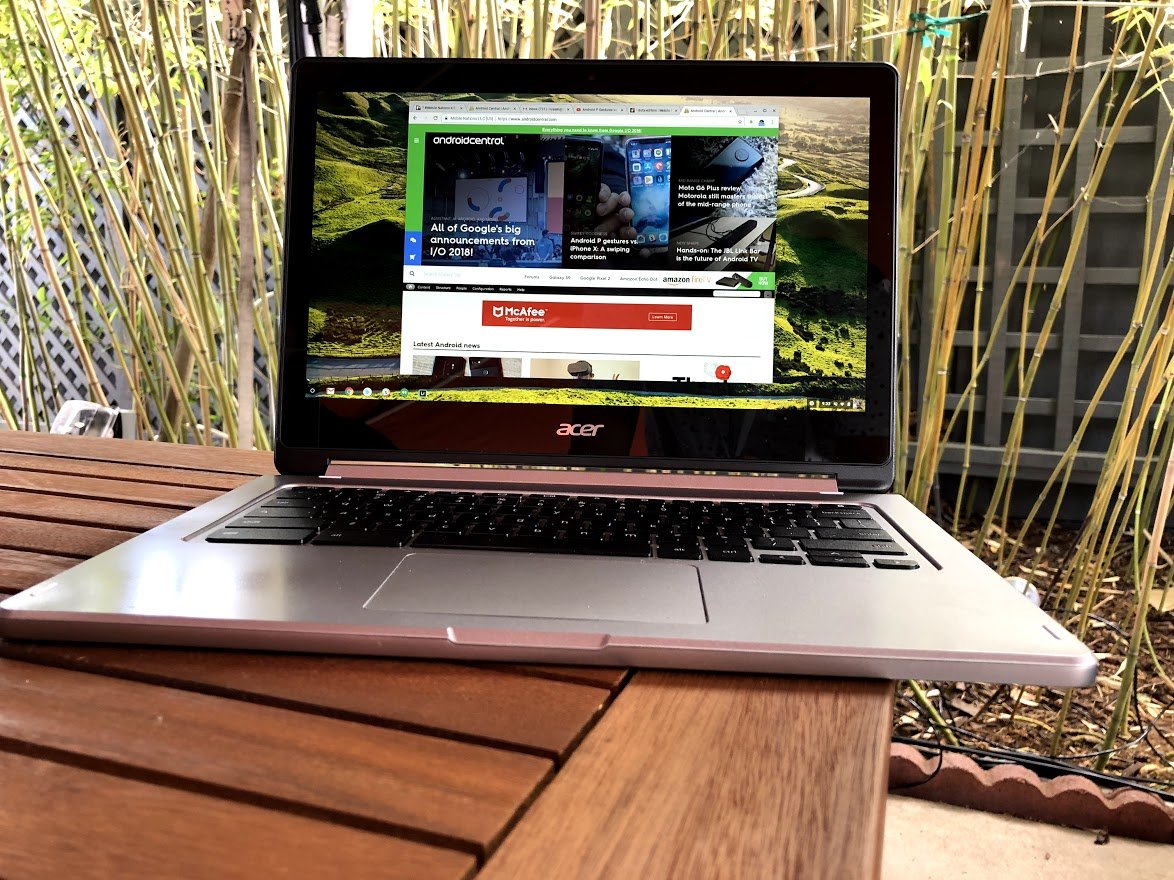Let's face it, Android tablets have sucked since the Nexus 7.
I have used just about every Android tablet since the original Galaxy Tab. I loved the HTC Flyer with its stylus, docked the Moto Zoom so I could attach a keyboard and do "real work" on it. My kids have all used Kindle Fire tablets to read books and play games. I was all in on the Lenovo Yoga Book when it first came out. The first book I wrote with a publisher was all about getting the most out of Android tablets.
It's been a long time since those early days of Android on bigger screens, and unfortunately very little has changed. The same problems that existed in the days of the original Galaxy Tab 10.1 exist today four generations later, and there's only one thing that feels like a functional fix on the horizon.
I'm ready to ditch Android as a tablet OS and move on to using ChromeOS full time.
Android developers have never really supported tablets. The number of apps which support larger displays in a sane way, or support multi-window options without breaking the UI, is not a big one. Tablets with unique hardware see even less support, even when those ideas are very good. With little or no app support, these experiences quickly sour. Try opening Instagram on anything that isn't a Samsung tablet and you'll see what I mean. The app forces a portrait view with giant text and buttons, and there's nothing you can do about it.
The only Android tablets with any measurable level of success are those included free with the purchase from a phone at a carrier and the ultra-cheap Nexus 7 from Google. Both versions of the Nexus 7 had the benefit of being portrait orientation friendly and just small enough most apps looked fine even if they weren't actually supported. But as phone sizes increased and bezels decreased, it became more and more difficult to justify $200 for something only slightly larger than your phone that didn't perform nearly as well and had no cellular options.
With the incredible pace the Chrome team operates at when it comes to software updates, this experience improves at an incredible pace.
And that brings us to today, where Android apps have started coming to ChromeOS in a way that isn't perfect yet but continues to improve alongside the Chromebook. Apps exist as windows that work well in Portrait or Landscape, making it possible for touch support as well as keyboard and mouse support. Developers aren't really doing more to support this platform, but instead Google's Chrome team is working to better support the apps as they exist now. And with the incredible pace the Chrome team operates at when it comes to software updates, this experience improves at an incredible pace.
Android apps on ChromeOS aren't perfect yet, but it's not difficult to see where Google is headed and that is the part I am excited about. We know Chromebooks are coming soon with detachable keyboards to make them full tablets. Assuming the goal is to compete directly with iPads with keyboards or Microsoft's Surface experiences, Google knows apps are going to be a huge part of the experience and that's what this whole project has been moving towards for a year now. What we have right now with Android on Chrome is already good for a lot of different things, and this time next year I look forward to it being the default when we think about tablets with Android.



Post a Comment